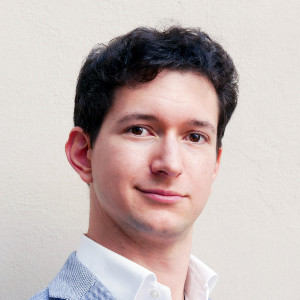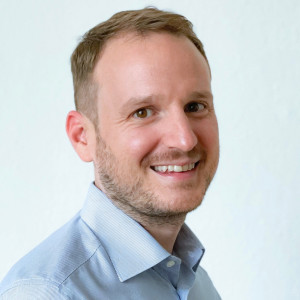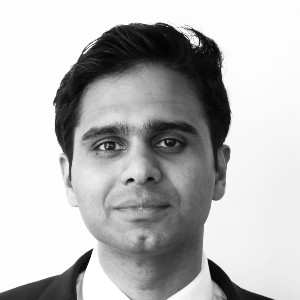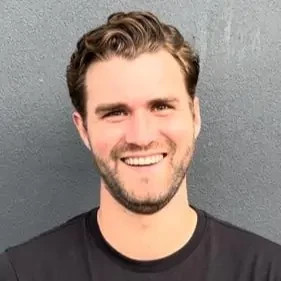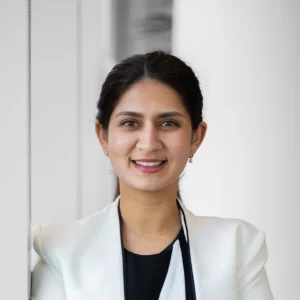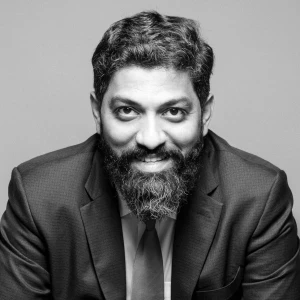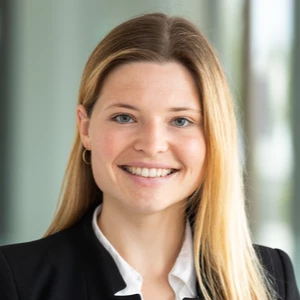hey guys, i've been preparing for McK interviews for the past few weeks and had my first round a few days back, and now im interested in preparing for BCG and Bain.
How is the preparation for them different than McK? other than the cases being candidate-led? is the Fit part different?


